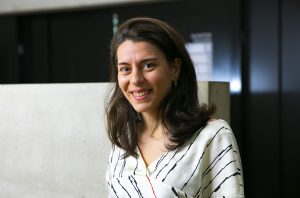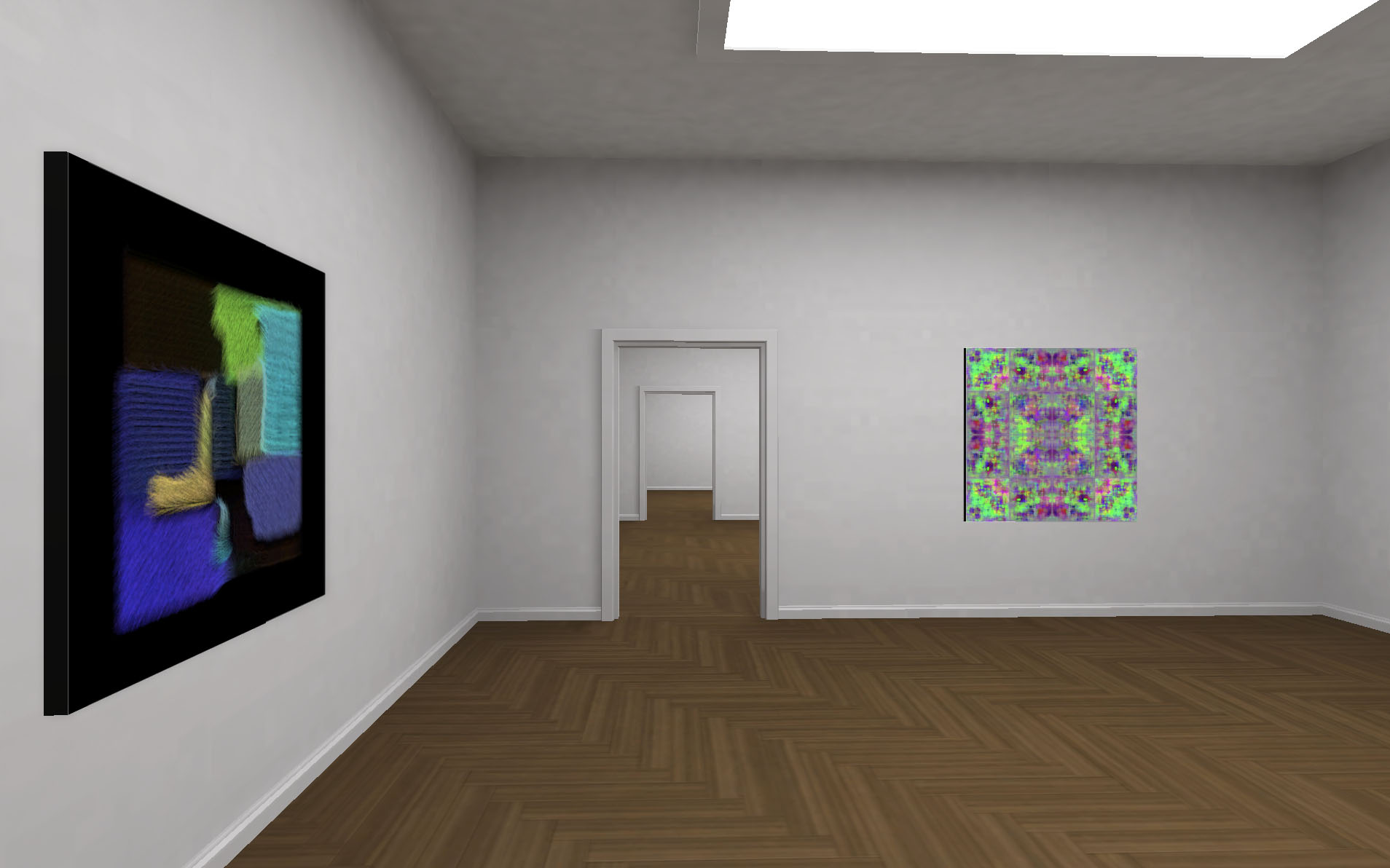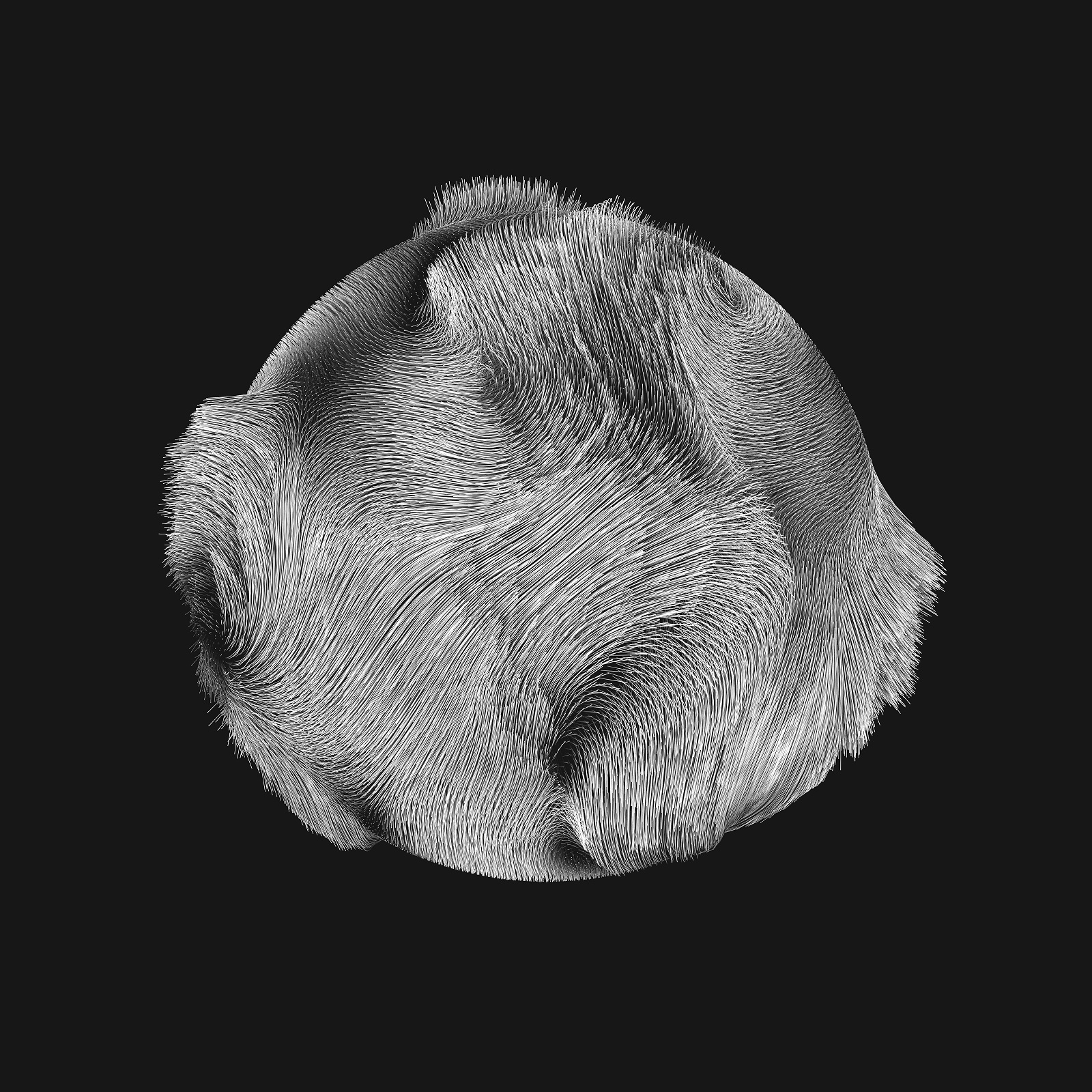In the era of technological developments with mind blowing speed , we as human beings had a delusion that we would find immortality in near future. Then we all experienced the pandemic. It has been a year since we first locked down at our homes all around the world. In this period for majority of people (both the youngsters and elderly ones), the technology became an inevitable part of daily life. If someone had told a few years ago, what would happen in 2020, we would probably have listened to it as if a science fiction film scenario. Pioneer in its field, the Museum of Contemporary Digital Art (‘‘MoCDA’’), exists entirely virtual. Are we surprised by this fact? In light of our recent experiences, I do not think so. At a period of highly dynamic art markets, we asked Serena, co-founder of MoCDA, all about the crypto art markets and MoCDA. She did not refuse us and replied to all of our questions in detail.
-
Serena can you introduce yourself and MoCDA?
While I was training as an airplane pilot, I realized that I did not want to do it as a profession. Because of my interest in art, I studied theater and worked in various fields, including management in the theater industry in UK for about 10 years. I also worked at Tate in London for three years. In 2018 I attended a conference called “Art and Blockchain” at Christie’s. What I learned at the seminar was a turning point in my life. Together with MoCDA’s CTO and co-founder Dominic Perini, we have decided to do a non- existent business. This is how MoCDA (Museum of Contemporary Digital Art) emerged.
As MoCDA, we aim to create a collection that will carry the contemporary digital art world from the 1960s to the present. At the same time, our mission is to provide training and consultancy to share information with everyone on the subject.
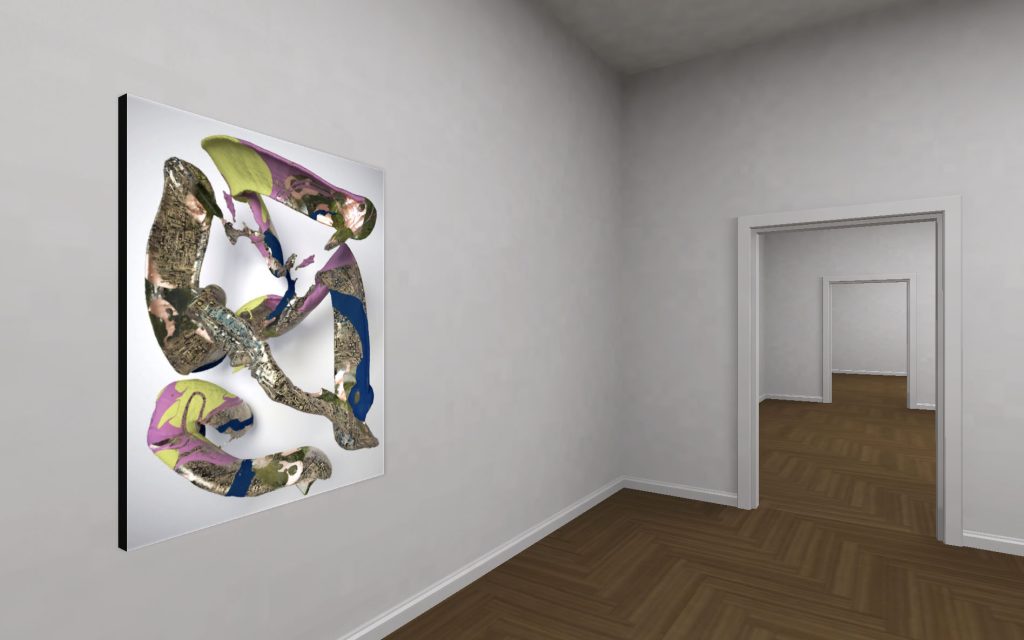
Completely Decentralized Online Museum
-
MoCDA does not physically exist? Your exhibitions completely online, right? Do you have any plans to have a physical space or collaborate to have physical exhibitions in future?
MoCDA is a completely digital museum. We initially thought of a physical place, but we stopped the project due to the pandemic. Now all our plans is for a completely decentralized online museum. The permanent collection of the museum consists entirely of digital artworks. If you think these are works of art that can be easily transported and shared. We give importance to sustainability, it is important to be environmentally friendly. For example, there is no need to transport the works by airplanes from one place to another for exhibitions. We want to organize pop-up exhibitions in various venues on a global scale. Our team currently lives on three continents and works remotely. However, if we find a very suitable place then we can consider opening a physical space for the museum.
Permanent Collection for Future Generations
-
What is the main revenue stream of MoCDA, which is a virtual museum, if we consider that it does not have visitor ticket revenues like other museums?
Our main income items are various. We collaborate with digital art market platforms and create content as a curator. We provide consultancy services to artists, galleries and collectors. We create a permanent collection of digital works, it will be a collection with physical and digital editions, and we will generate revenues for the museum from their sales. We have three corporate donors and sponsors, including the French government. We have some collaborations from time to time, for example we have organized some revenue generating organizations with the British Academy, we also have some private or public activities.
-
How much of the works in your museum collection are NFTs? What do you expect in future?
There are no NFTs in our collection yet, but there are digital artworks, we will make their NFTs and we will also buy NFTs from crypto art markets. We will not have any intention to sell them, they will become part of the permanent collection for future generations. We aim to create a collection that will carry the contemporary digital art world from the 1960s to the present.
“We create a permanent collection of digital works, it will be a collection with physical and digital editions, and we will generate revenues for the museum from their sales.”
-
What do you think about NFTs and crypto art markets in general as a curator and co-founder of a digital art museum?
The time we founded MoCDA was when many platforms emerged to sell artworks on blockchain. At that time, bitcoin was very affordable, so entering these platforms was also very convenient for artists. Something started to emerge in 2019, the transformation suddenly accelerated with the pandemic in 2020, and sales on these platforms increased with rocket speed. The astronomical pricing of the market scares me. You can make a collection of works that you find valuable as a museum. The work has a value because of the creative effort that the artist put in that work, but the pricing of the market can change dramatically. Some artists are happy with this. Everything is going up, but one day it could be the other way around.
Of course, there are new media artworks (digital artworks) in many important museums. There are a lot of new media artworks in Tate, where I worked before establishing MoCDA, but I haven’t heard of NFT in any corporate museum collection yet. Maybe in private museums, but I don’t think in public museums and in the national museums. Most of the national museums are funded by public funds and donations from members. Cryptocurrencies are not yet publicly trusted and not fully accepted. For this reason, museums prefer to stay out of this movement for now. This situation will of course change in future.
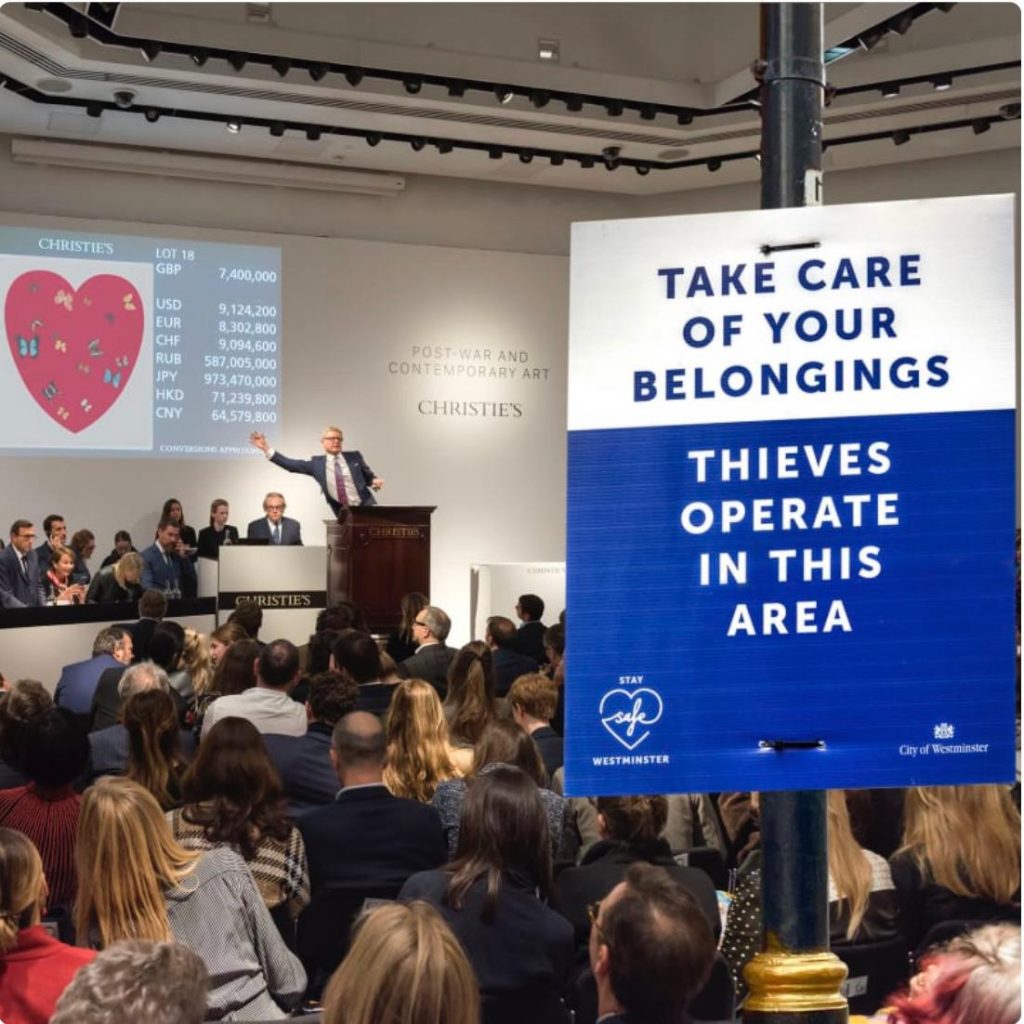
-
Who are the collectors in the crypto art markets?
Most of them are anonymous and unknown. Blockchain technology makes this possible. But this also happens in the traditional art market, the identity of the collector / buyer is not always disclosed. Some reveal their names, but those are usually the ones who invested in the crypto market when bitcoin was very low priced in 2016-2017 or even earlier and made a lot of money from it. Those who believe in this technology, decentralization and developed a taste of art among those who invested in bitcoin with a few thousands of dollars only and earned enough wealth to last for a lifetime, while bitcoin was equivalent of few $ cents. Artworks is one of the uses of NFTs on blockchain. Assets in NFT format are also sold in the game industry, such as what your avatar will wear, clothes, equipment, accessories and even much more different assets are sold. You buy virtual land, you do whatever you want in the virtual world, but in NFT use, the art sector is still the largest market compared to other markets.
Now, there are also collectors coming from more traditional art market, the concept of NFT started to be introduced to more traditional collectors recently. It was a token sold as well as a physical job. Robert
Alice’s work titled “Block 21” was sold for $131.000 in October 2020, the value estimation range was $12.000-18.000. Christie’s did not ignore the rapidly growing NFT market, and the work of Beeple, one of the best-selling artists in the crypto art market, was auctioned for a record $69 million. This is the first time we’ve ever seen an artist from the crypto art market at big auction houses like Christie’s.
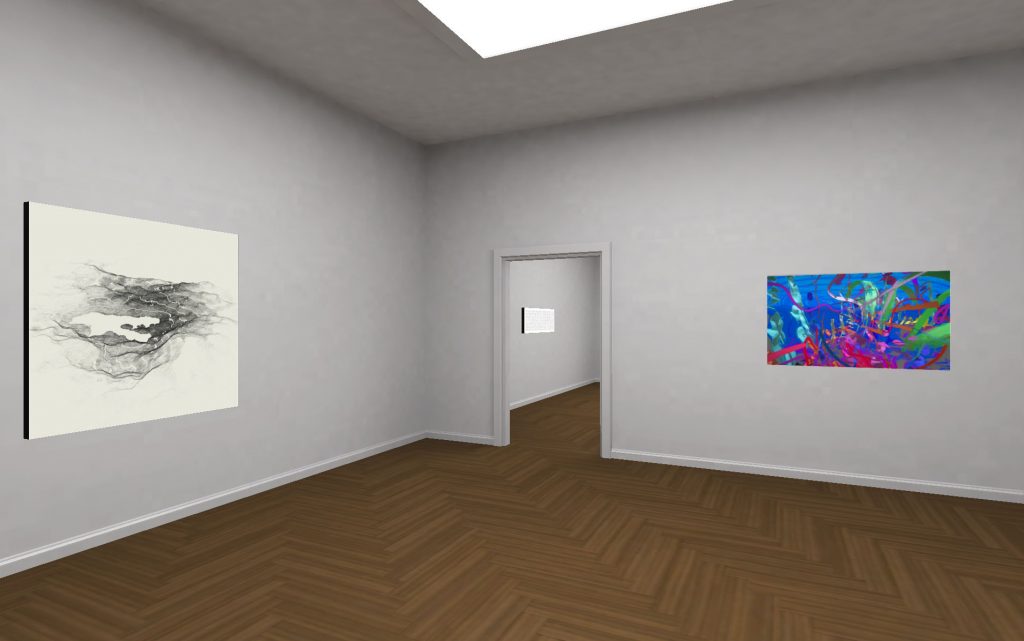
-
So who are the artists in the crypto art market?
At first, artists in the crypto art market were limited in number and they were tech-savvy names. The
bestsellers among crypto artists were the first to enter the market and the most traded. In the past, we
could not see those artists at Christie’s. I personally do not find some of them artistically valuable, not all
of the works are art to me. Since there was no work to invest in the market at first, some of them became
pioneers and valued. We can not see many of these works at museums normally but we will see them in
the museums soon. In the beginning, the ones who entered the market were those with high level of technology knowledge. Nowadays, crypto art platforms are trying to attract talented and proven artists. Some artists from the crypto art market have even begun to be forgotten, but some are still at the top because their work has
been heavily invested and collectors continue to buy so as not to lose. They may even be advising their
friends to buy to protect and increase the value of their collections.
(The answer above is taken from Burcu Dimili and Feride İkiz’s crypto art file in InBusiness magazine)
Social Media’s Role
-
A crypto art collector mentioned in an interview that the artist’s position in social media played an important role in the purchasing decision. He thought that this was an indication of the importance the artist attaches to his/her own promotion, as well as the number of people who follow and believe in the artist. What do you think about this?
I think this should not be the most important factor. The artist may have 1 million or several hundred thousand followers, but as you know, it is possible to buy followers and likes. I think a clever collector should consult curator’s evaluations and people who have the knowledge and skills to determine the true value of the work of art. If you care about promotional activities, if you say social media is important, you need to look at many things such as how much the artist has been reported in the media, has he/she collaborated with any institution in the past, has he/she found a place in any international media, how much is his/her name is searched in Google. I think it is not enough just to look at the number of social media followers.
“Now, there are also collectors coming from more traditional art market, the concept of NFT started to be introduced to more traditional collectors recently.”
-
The crypto art market has grown very rapidly in the last two years, with a total cumulative sales of $ 30 million by December 2020 at major crypto art platforms. However, it is still rather small compared to the traditional art markets with annual size of $65 billion. Does this make crypto art market vulnerable to speculative transactions?
That’s exactly why the market is already very volatile, even within 24 hours, things can find a completely different value. The volatility of cryptocurrencies such as Ethereum is also being a reason for that. As I mentioned in the previous questions, I find this very scary, curatorially and for a museum.
Volatility
-
What are the pros and cons of the crypto art market?
Digital technologies brought great convenience for artists. An artist who can produce from anywhere, even without a workshop, can save many expenses. There are platforms where artists who did not have the opportunity to be represented in the galleries can exist and even earn money and earn a living by selling only artworks.
The thing that I don’t like about this market is its volatility. There are people who come and buy and sell the work the next day at a high price. Identity can be stored easily. Even within 24 hours, things can find a completely different value. Most popular artworks last year are no more popular today. For instance generative artworks (works that are manipulated by machine learning) were very attractive last year. This year cinema 4D and 3D artworks became popular. The most popular artists last year may not be popular this year. There are many different trends. In the beginning symbols of blockchain revolutionaries became very popular; bitcoin, Ethereum symbols, symbol portraits of the pioneers of the blockchain revolution such as Vitalik Buterin. At first art collectors liked to buy blockchain themed works and artists produced and sold those. Those are cheap works of art for me, personally they do not excite me.
Some auctions are concluded within seconds, it takes a very short period of time. On the other hand, it may create addiction. You are showing your NFT collections, you are proud of your collection even though the name of the collector is not disclosed, it is generally known who you are. On the other hand, knowing who you are and that you have a large collection can also make you a target for hackers. The decentralized blockchain system is very secure, but hacking is still possible.
Negative Effects on the Environment
There is also another aspect. Blockchain has very negative effects on the environment, it pollutes the environment a lot. While mining cryptocurrencies, a lot of energy is consumed in large warehouses in Asia, China, Mongolia, South Africa and Russia, the source of this energy is fuels that create carbon emissions, and thus has an impact on environmental pollution. Blockchain is more secure, but on the other hand, it is by no means environmentally friendly, and that worries people. I strongly support technological developments, it definitely ensures the originality and origin of a work, but it does not solve all problems. I hope some solutions could be found soon.
“Most popular artworks last year are no more popular today. For instance generative artworks (works that are manipulated by machine learning) were very attractive last year. This year cinema 4D and 3D artworks became popular.”
-
What will happen in these markets in future, what is your view on this?
Entering these platforms has become increasingly costly for artists nowadays, this is different than two years ago. Different solutions will also emerge in future or more preferred platforms will emerge in the following years or even months. A year in a normal life almost corresponds to a week in blockhain, everything in this area is developing and changing very rapidly. While Ethereum blockchain was the main playground in the crypto art market, new solutions have also begun to enter the market. MATIC, for example, processes transactions on a side chain and then moves them to the main network, a more cost-effective solution.
Another emerging solution is Polkadot. The project of Gavin Wood, one of the founders of Ethereum, and Vitalik Buter. A technology for creating your own blockchain, it's a developing project that has not been implemented yet. Vitalik and Gavin are aware of increasing transaction costs and they are seeking
alternative solutions. (GAS fees are very high) Alternative solutions immediately started to attract attention from computer engineers and investors. A platform that is much faster than Ethereum started to receive demand from many developers. The technology is very exciting and brings a lot of opportunities. I find it right that more technology penetrate almost every field. This can be the financial markets or the art markets. Decentralized finance is also a huge area.
-
How about taxation of income in these markets?
Governments will soon adapt to this change. Billing, taxation, identity disclosure will become regulated. There is nothing preventing you from issuing an invoice right now. Technically it is possible, as an artist, you can issue invoices from the value of crypto money on the day of the transaction but an important feature of decentralization is that your identity remains anonymous. Surely this creates a challenge for tax regulators.
